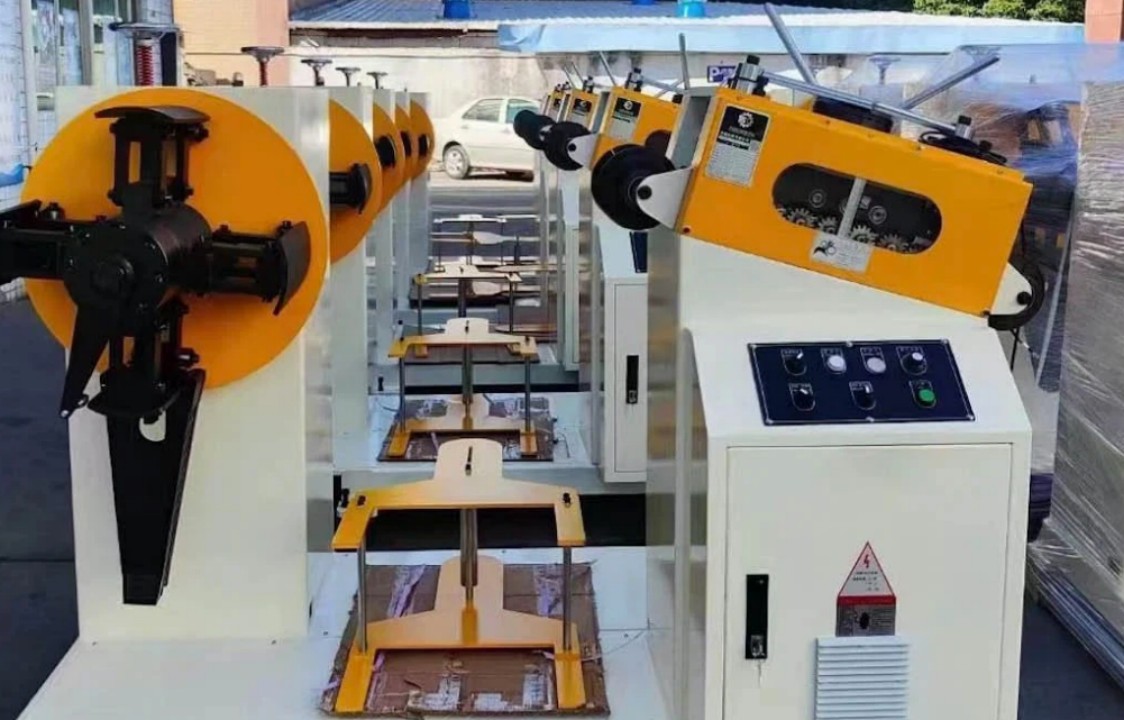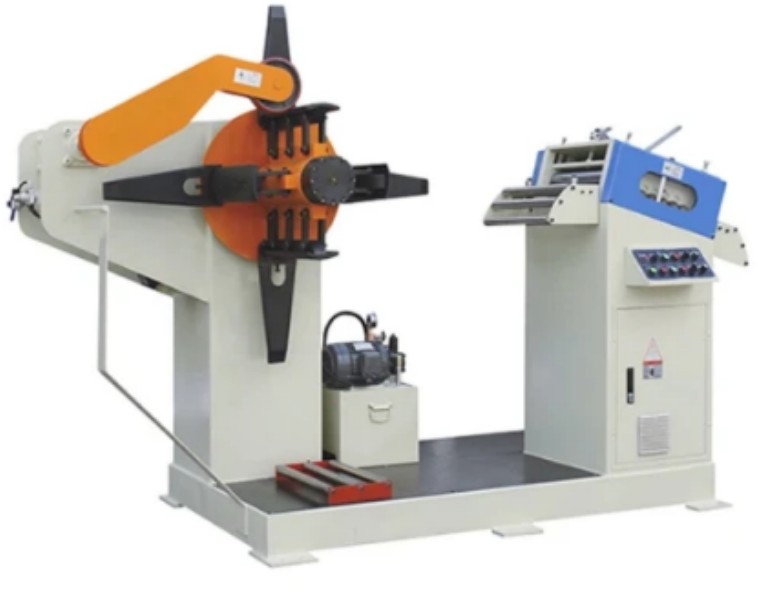
In the realm of manufacturing and industrial processes, efficiency and precision are paramount. Among the myriad of machines that facilitate these objectives, the uncoiling machine stands out as a vital component in various production lines. This article delves into the intricacies of uncoiling machines, exploring their functions, applications, and significance in modern manufacturing.
Understanding Uncoiling Machines
Uncoiling machines, also known as unwinding machine, are specialized equipment designed to smoothly dispense materials wound onto coils or reels. These materials can range from metals like steel and aluminum to paper, plastic, textiles, and more. The primary purpose of uncoiling machines is to streamline the feeding of materials into subsequent manufacturing processes, ensuring consistent production flow and minimizing downtime.
The Mechanics Behind Uncoiling Machines
At the heart of every uncoiling machine lies a sophisticated set of mechanisms engineered to handle various coil sizes and materials with precision. These machines typically feature adjustable mandrels or shafts capable of securely holding and rotating the coil. Additionally, they incorporate tension control systems to regulate the unwinding speed and maintain proper material alignment throughout the process.
Applications Across Industries
Uncoiling machines find widespread use across diverse industries, playing a crucial role in the production of countless goods. In the automotive sector, they facilitate the feeding of metal coils into stamping presses for the fabrication of car body parts. Similarly, in the packaging industry, uncoiling machines ensure the uninterrupted supply of materials for the manufacturing of boxes, containers, and packaging materials.
Enhancing Efficiency in Manufacturing
One of the primary advantages of uncoiling machines is their ability to enhance efficiency in manufacturing processes. By automating the unwinding of materials, these machines reduce manual labor requirements and minimize the risk of errors or defects caused by inconsistent feeding. This leads to higher production speeds, improved product quality, and ultimately, greater profitability for manufacturers.

Customization and Adaptability
Uncoiling machines are highly versatile and can be customized to suit specific production requirements. Manufacturers can choose from a range of configurations, including single or double-ended uncoilers, motorized or manual operation, and various loading capacities. Additionally, advanced models may incorporate features such as automatic coil centering and edge guiding systems for enhanced performance and ease of use.
Ensuring Safety and Reliability
Safety is paramount in any industrial setting, and uncoiling machines are designed with stringent safety measures to protect operators and prevent accidents. These may include emergency stop buttons, safety guards, and sensors to detect material jams or irregularities. Furthermore, regular maintenance and inspection protocols help ensure the reliability and longevity of uncoiling machines, minimizing downtime and optimizing productivity.
Integration with Other Equipment
Uncoiling machines often form an integral part of larger production lines, where they interface with other equipment such as straighteners, feeders, and presses. Seamless integration between these components is essential for achieving optimal performance and maximizing output. Modern uncoiling machines are equipped with advanced control systems that facilitate communication and synchronization with other machinery, enabling smooth material flow and precise processing.
Future Trends and Innovations
As technology continues to advance, the landscape of manufacturing equipment, including uncoiling machines, is constantly evolving. Innovations such as servo-driven systems, predictive maintenance algorithms, and remote monitoring capabilities are reshaping the industry, offering greater efficiency, flexibility, and connectivity. Additionally, the growing emphasis on sustainability is driving the development of eco-friendly materials and processes, which may influence the design and functionality of future uncoiling machines.
Conclusion
In conclusion, uncoiling machines play a pivotal role in modern manufacturing operations, facilitating the efficient handling and processing of various materials. From automotive and aerospace to packaging and construction, these versatile machines find applications across a wide range of industries, driving productivity, quality, and profitability. By understanding the mechanics, applications, and advancements in uncoiling technology, manufacturers can harness the full potential of these indispensable tools in their quest for operational excellence.




